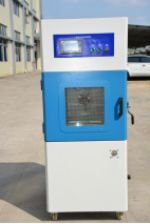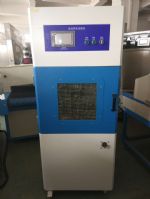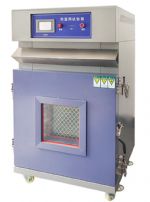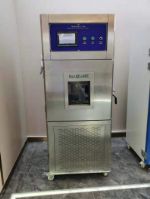- Product Catagory
- Tensile Strength Testing Machine
- Cables Flammability Testing Equipment
- Building Materials Flammability Testing Equipment
- Luggage Test Machine
- Textile Testing Equipment
- Color Fastness Instruments
- Textile Physical Test Instruments
- Lab Dyeing Instruments
- Flammability Test Chamber for Textile
- Consumables for Textile Testing
- Toys Safety Testing Equipment
- Physical & Mechanical Testing
- Flammability Testing
- Clamps for Toy Testing
- EN71-8,ISO8124-4
- Furniture Testing Machine
- Chair Testing Machine
- Mattress Testing Machine
- Furniture Testing Equipment
- Tables Test Machines
- Enviromental Chamber
- Leather and Footwear Testing Instruments
- Mobile Phone Testing Equipment
- Contact us
- Tel:86-769-23830463,86-13751491529
- Fax:86-769-38818154
- Contact:Ivy Xie
 [email protected]
[email protected] - Msn
 [email protected]
[email protected] Whatsapp +8613751491529
Whatsapp +8613751491529- Skype
 skylineinstruments
skylineinstruments happy_go_lucky4477
happy_go_lucky4477
- Site:Home > Battery Testing Equipment > Nail Penetration Test Apparatus
- Product Images
- detailed description
Description:
The test should be carried out under the ambient temperature coupler with a thermocouple battery (the contact of thermoelectric is fixed on the large surface of the battery) is placed in a fume hood. Use a ф2-ф8mm non-corrosion steel needle to pierce the center of the largest surface of the battery at a speed of 10mm/s-40mm/s, and keep it for random time.
Parameters:
High temperature resistant steel needle
Tip distance from bottom
The battery plane is 200mm
Clip distance
200mm
Speed
10—40mm/s,from the direction perpendicular to the battery plate (the pin stays in the battery)
penetrating power
150~200kg
Display
Pressure sensing LCD display
Range
200mm
Drive
Hydraulic drive
Safe
Made into box-type equipment device explosion-proof, fire prevention, corrosion resistance, easy to clean
Puncture space
500*500*445(mm)
Inner box material
Stainless steel and in the box 1/3 place with teflon sol cloth, high temperature resistance, corrosion resistance, insulation and easy to clean.
Weight
About 100kg
Power supply
1ф220V , 50HZ
Standard:
IS 16805: 2018, MT/T 1051 SAE ,QC/T473/744
What happens when you puncture a bloated battery?
Yes. A swollen lithium-ion battery can be extremely dangerous if left in your device. It could become punctured, causing hazardous gases to escape.
A swollen cell phone battery could even catch fire or explode while you're holding it, leading to serious injury.
What is the nail penetration test?
Explanation. Nail penetration test is a method of forced internal short circuit testing, simulating a short circuit that causes the battery to generate heat or fire.
In the test, a nail is inserted from outside into the battery charged to a charge depth of 100%, to forcefully generate a short circuit within the battery.

- Related ProductsMore>>







